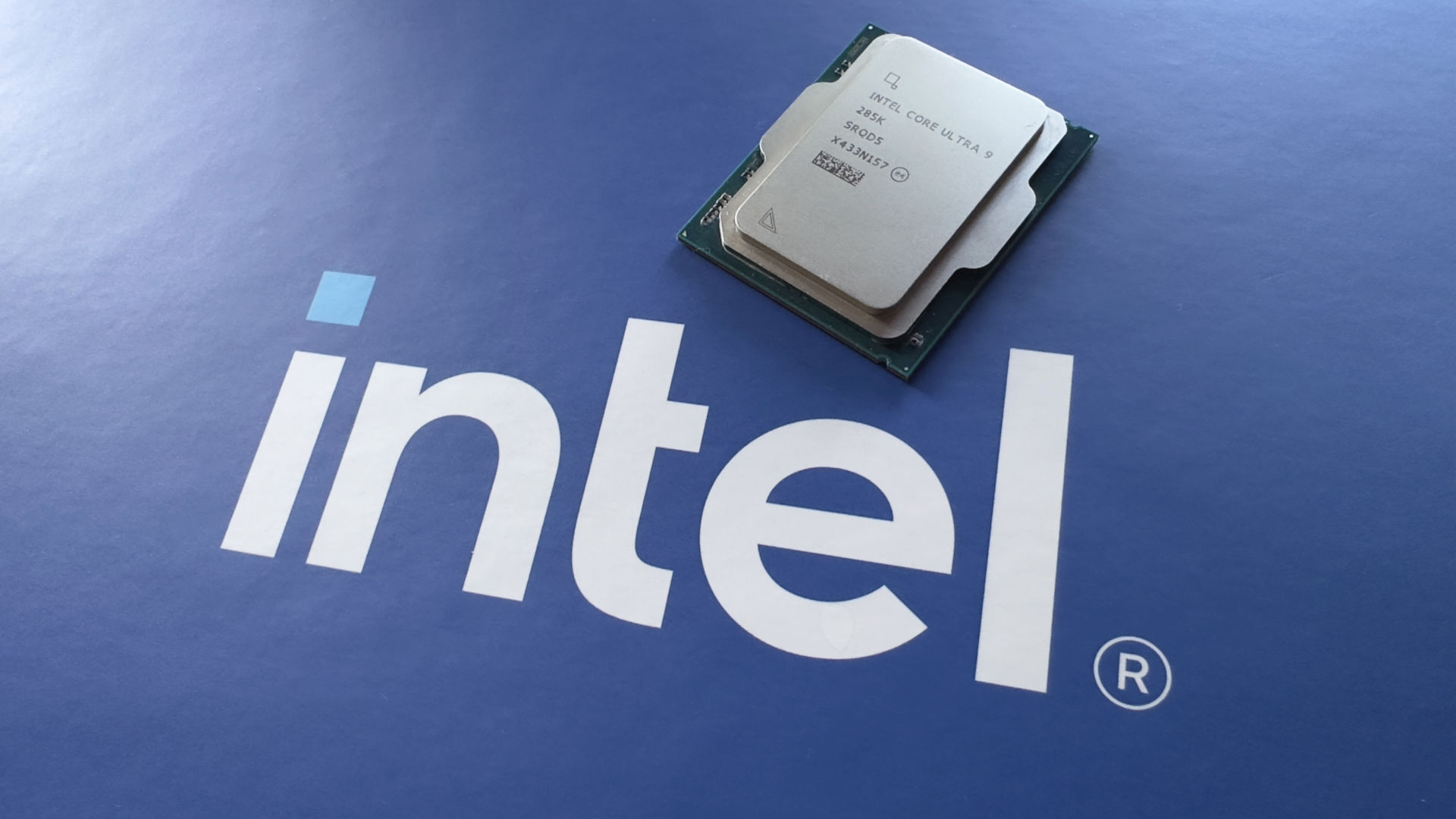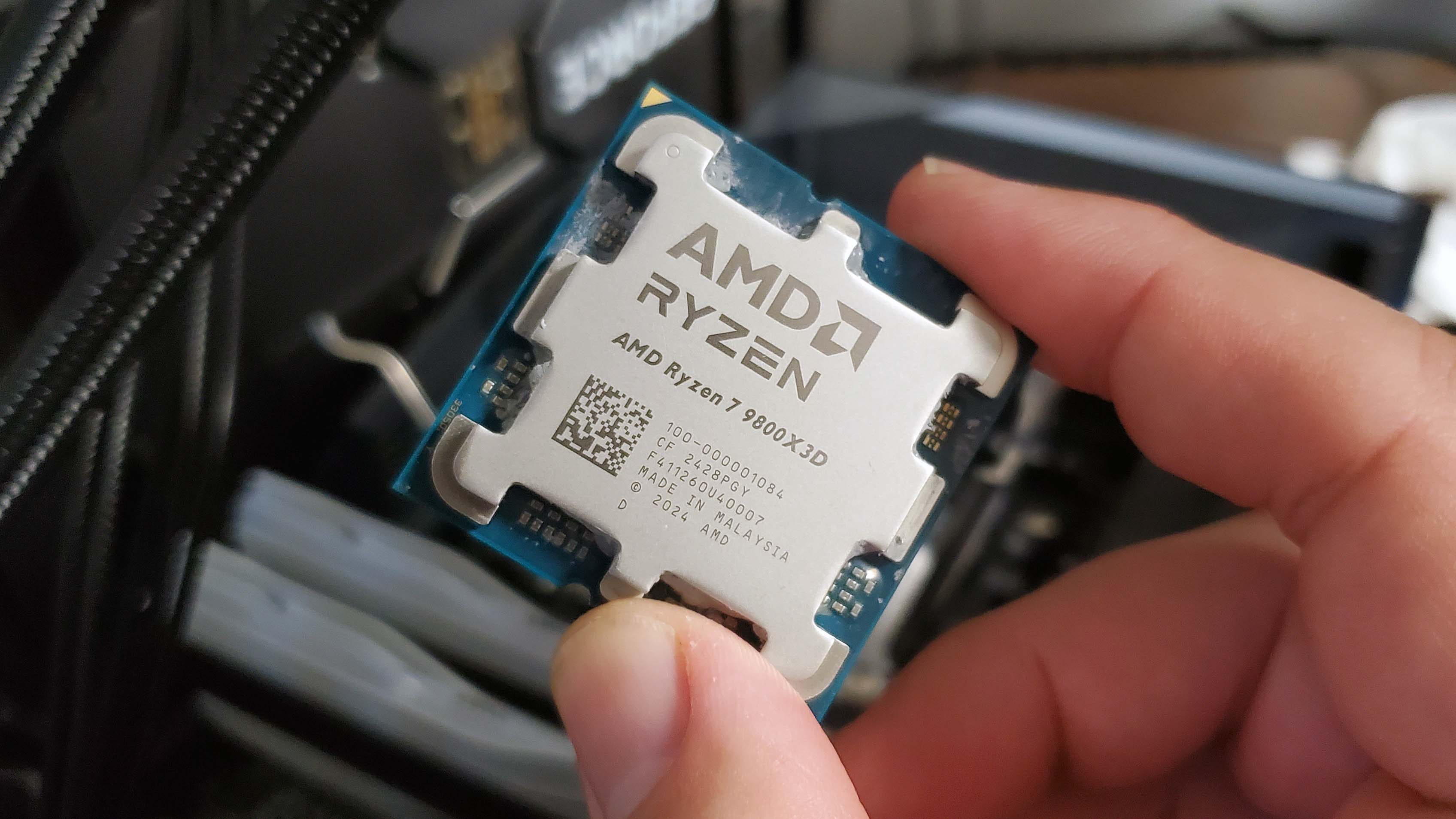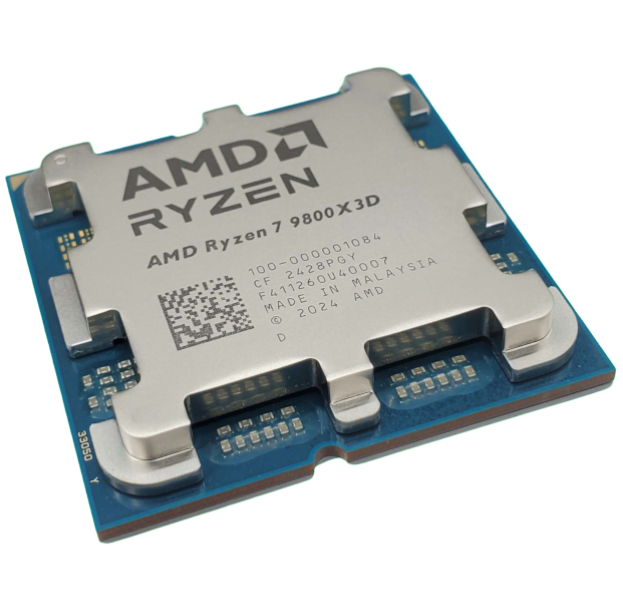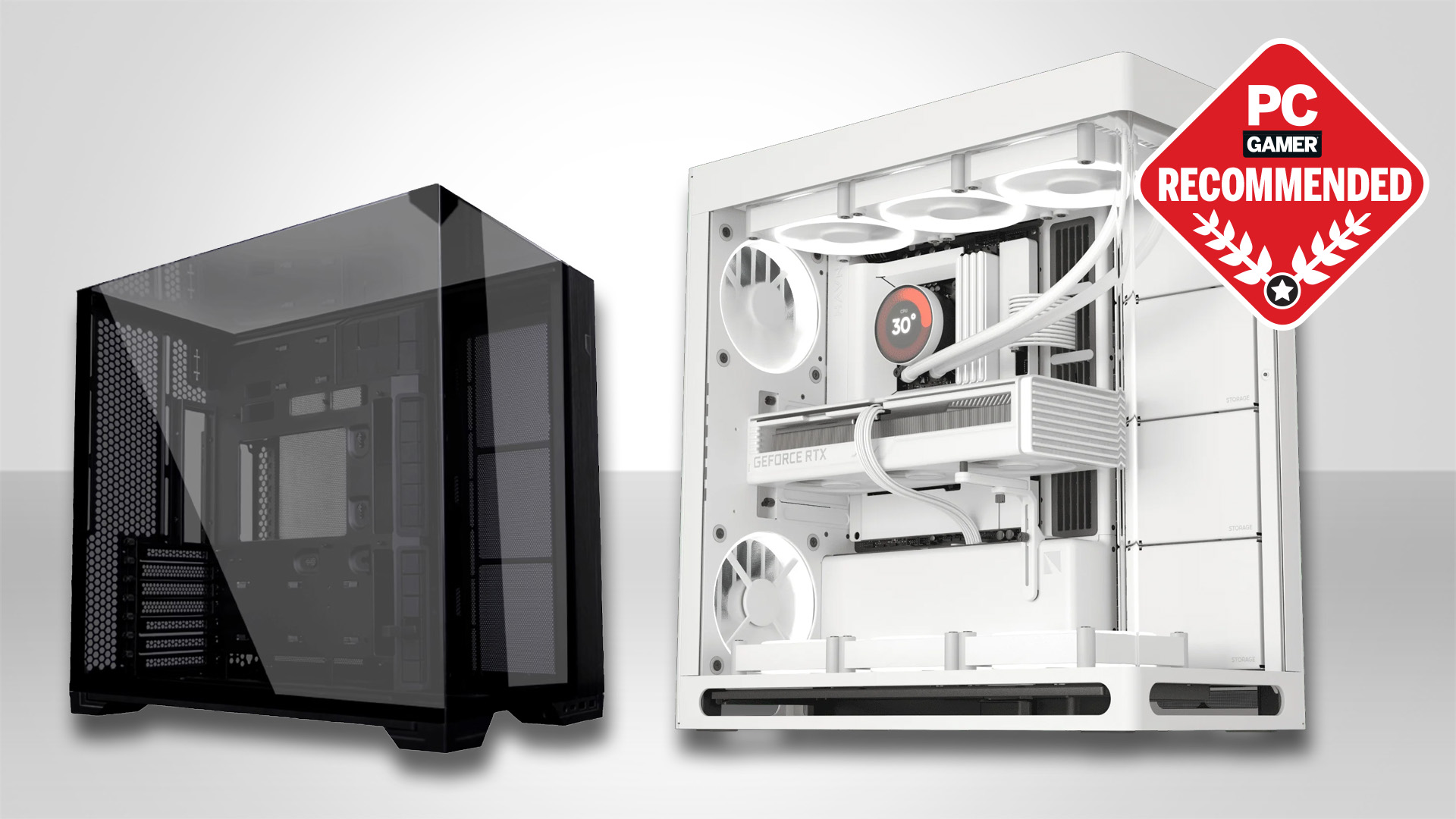An Intel Nova Lake leak suggests the next generation of Core Ultra chips will have 60% more multi-threaded performance, but the numbers just don't add up
And for gaming, it won't make a jot of difference. Low-latency cache is what we need.

Despite not being expected to appear until 2026, rumours and leaks about Intel's next generation of desktop CPUs continue to come thick and fast. The latest snippet claims that Nova Lake will have "leadership gaming performance" coming from more than 10% better single-threaded (ST) and 60% higher multi-threaded (MT) performance gains.
However, it's not a particularly comprehensive leak, just a snapshot of what looks like an internal Intel document, posted by X user Game.Keeps.Loading (via 3DCenter). First of all, it doesn't explicitly state that it's about Nova Lake, the successor to Arrow Lake, but the fact that "New Low-Power Island" is a feature pretty much points to it being about the next generation of desktop CPUs. This is just a cluster of low-power E-cores, used for background tasks, that first appeared in Meteor Lake but not in any desktop chip so far.
These got leaked 🤣🤣 pic.twitter.com/gE6TzL3qTWJune 28, 2025
Other than that, there are just two additional statements: "Leadership Gaming Performance" and ">1.1x higher ST and 1.6x MT performance". The former is standard marketing fluff, and there's nothing to really note here, other than Intel is clearly trying to get one over AMD in the gaming market. The Ryzen 7 9800X3D is so much better than the Core Ultra 9 285K in games that it's obvious Intel can't ignore it.
The single- and multi-threaded (ST/MT) performance gains are another matter, though. An uplift of 10% for ST is almost certainly referring to the P-cores, and while that might not sound like much of a boost, it's par for the course with CPU architectural changes these days. After all, AMD claimed that Zen 5 had a 16% better average IPC (instructions per clock) than Zen 4, but games didn't show anything like that at launch.
However, 60% better multi-threaded performance is an odd one, partly because there's no indication what the comparison is with and partly because it's been rumoured that the Nova Lake range will top out with a 16 P-core, 32 E-core monster. If one assumes that Intel is comparing that chip to the 285K (8 P-cores, 16 E-cores), then clock-for-clock, you're looking at a 100% uplift in MT performance.
So where's the other 40%? It's possible that a 16P+32E monster CPU just can't maintain anywhere near its maximum clock speeds when fully loaded with threads, but if it's dropping that much, it's a bit worrying. One might argue that Intel isn't planning on launching with a 48-core beast and instead will start off with an 8P+32E or a 12P+24E chip at best.
A Nova Lake processor with 36 or 40 threads would have an MT uplift over the 285K of 50% to 67%, clock-for-clock, which is more in line with the 60% claim in the leak, but even so, the numbers just don't make a lot of sense right now. Especially that the one thing Intel chips don't need more of is cores.
Keep up to date with the most important stories and the best deals, as picked by the PC Gamer team.

One concern I have with Intel throwing a mountain of cores into its next desktop CPUs is how they access and share the last level of cache or LLC (currently L3, in the case of Arrow Lake). Each P-core and E-core cluster has its own slice of LLC, but they can access other slices via a ring bus. The more cores/clusters one adds to the ring, the more ring stops need to be present, and the higher the latency one gets with core-to-core cache accesses.
Cache latency is currently Intel's biggest weakness against AMD's Zen 5, especially when 3D V-Cache is brought into play. While it's being claimed that Intel has something planned to counter the dominance of X3D chips in gaming, just adding more cache isn't the solution—the latency really needs to be cut right down.
Intel's older Raptor Lake chips (i.e. Core 13th/14th Gen) are better than Arrow Lake (Core Ultra 200S) in games, because they can clock much higher, especially the ring bus. The downside is that they will suck up as much power as you can throw at them in the process and Intel had to do something about that, hence why Arrow Lake's clock speeds and power consumption are far more conservative.

I've spent a lot of time over the year messing about with voltages, clocks, and various timings with a Core Ultra 9 285K and Ultra 7 265K to try and improve how well the chips can fling data around. I can get some pretty decent throughput figures, but the access latency for L3 never really improves enough to make any headway against a Ryzen 7 9800X3D.
Nova Lake could be an absolute behemoth in multi-threaded applications, especially those used in the professional sector, but games are still more than happy with 12 to 16 threads. That's because all the big releases are developed for consoles, which only offer that many threads to developers. What they want is a really good cache structure, with fast, low-latency data access.
If Intel's move to aim for "leadership gaming performance" consists entirely of just shoehorning a buckload of cores into its next generation of desktop processors, I suspect that AMD won't have much to worry about.

1. Best overall:
AMD Ryzen 7 9800X3D
2. Best budget:
Intel Core i5 13400F
3. Best mid-range:
AMD Ryzen 7 9700X
4. Best high-end:
AMD Ryzen 9 9950X3D
5. Best AM4 upgrade:
AMD Ryzen 7 5700X3D
6. Best CPU graphics:
AMD Ryzen 7 8700G

Nick, gaming, and computers all first met in the early 1980s. After leaving university, he became a physics and IT teacher and started writing about tech in the late 1990s. That resulted in him working with MadOnion to write the help files for 3DMark and PCMark. After a short stint working at Beyond3D.com, Nick joined Futuremark (MadOnion rebranded) full-time, as editor-in-chief for its PC gaming section, YouGamers. After the site shutdown, he became an engineering and computing lecturer for many years, but missed the writing bug. Cue four years at TechSpot.com covering everything and anything to do with tech and PCs. He freely admits to being far too obsessed with GPUs and open-world grindy RPGs, but who isn't these days?
You must confirm your public display name before commenting
Please logout and then login again, you will then be prompted to enter your display name.

